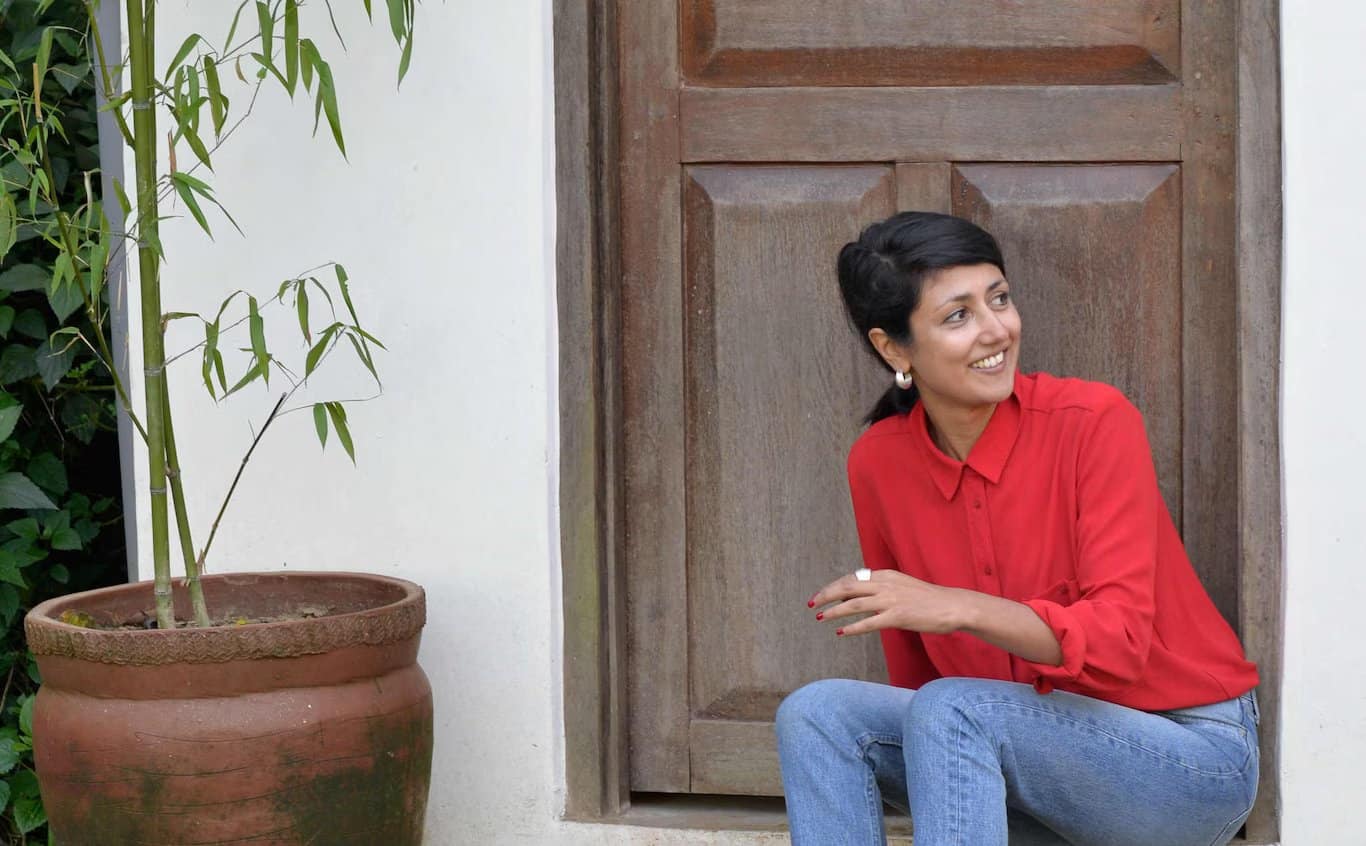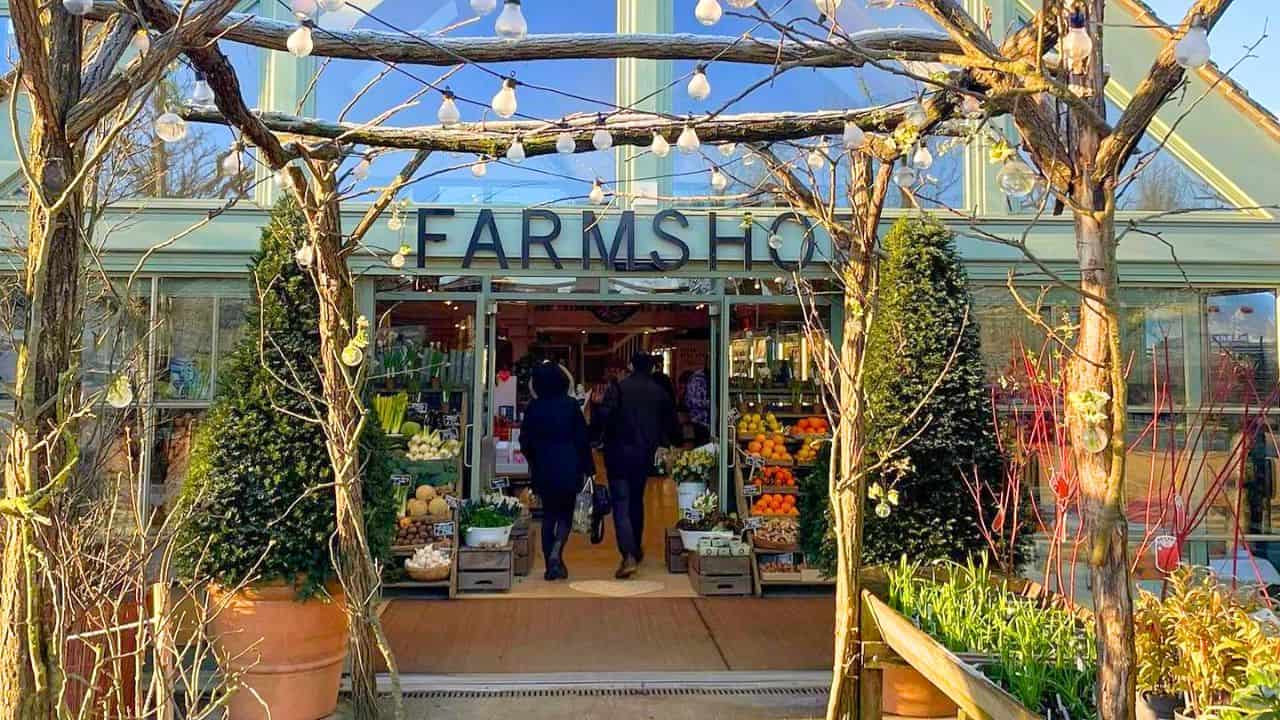It’s time to talk purpose not profit. So called ‘conscious consumers’ and social entrepreneurs are leading the charge all over the world, using their business acumen and spending power to send a proportion of profits to help a range of causes.
In the latest of our guest blog series #pebblesmakeripples, Iranthi Gomes from Inventshift, a global marketplace for social enterprise businesses and services, tells us why she think the future of business lies in social enterprise.
Why The Future Belongs To Social Enterprise
According to Social Enterprise UK the number of social enterprises in the UK alone has risen 59% in the last year. It’s estimated there are over 20,000 social enterprises in Australia and one in four new businesses in the EU now has a purpose driven element.
Purpose driven businesses over profit driven ones are not only changing consumer habits but they’re more likely to see support from millennials who would overwhelming choose to buy from and work with a company that gives back and has a social mission.
What’s the difference between a charity and a social enterprise?
Social enterprises are a business that exists for a social purpose.
Social enterprises can and do make profits, and that is fine, but their business model benefits some group of people or cause.
Charities are 100% dedicated to a cause and all of their money goes directly to that.
How can you be a social enterprise and make profit
When you run a social enterprise, the two coexist.
You can make money, profit, and live a comfortable lifestyle as a social entrepreneur – even be wealthy if you want to.
But by setting your business up in a social manner, it means that you’re also improving the lives of others. For example, even if you run a successful clothing business, you could be a social enterprise by employing people who have disabilities or who are marginalised.
Becoming a social enterprise business is about making money, but also thinking ‘how can I also improve the world with what I’m doing?’

How easy is it to set up as a social enterprise?
It’s both easy and difficult – it’s easy in the sense that if you know what you want to do for your business and have passion, that part is easy, but sometimes getting access to information in the field of social enterprise is difficult because the area is so new.
That’s why we recently published an ultimate Social Enterprise Guide – because we know that the information about setting up a for-purpose business is not always easily accessible.
How do you make sure a social enterprise is really giving back?
For consumers it’s about taking a moment to check out the About Us or similar areas of a site to see where your money’s going. A lot of social enterprises directly contribute to charities, programmes or initiatives or a registered distributor like 1% For The Planet.
For brands, impact measurement is crucial in this field because it can determine whether you get access to funding, and of course it builds trust in you as a social enterprise.
“It’s great that any business can be turned into something with positive impact”
Are there any industries where social enterprises don’t exist?
Not really, they’re springing up all over the place.
We’ve interviewed many social entrepreneurs from all over the world, including wine companies, bicycle companies, recycling firms and magazines. It’s great that any business can be turned into something with positive impact. There are social enterprise banks and social enterprise credit cards, where you can see directly how your money is contributing to a better world. The world is changing to accommodate more social enterprise so it’s an exciting time.
How does Inventshift make finding social enterprises easier?
Inventshift has a marketplace with 3,000 businesses listed all over the world where you can rent things like coffee carts for events, catering services and photographers.
We make it easy to view all social enterprises together on one site so you know that when you purchase through us, you’re contributing to a good cause.
Out of every booking that’s made on the site, 5% is given back to our Inventshift Fund. We then use this fund to help social enterprises and charities that are in need. It’s a virtuous circle that really works!

What’s the best way to set up a social enterprise?
Do your research; make sure you’re fully aware of all of the different aspects of setting a social enterprise.
It’s not just how you want to make a difference in the world, but all the commercials too – how you will set up and run a business that is both profitable and has longevity?
Learn about your audience – both the people you’re aiming to help and also the people you’re selling to.
If you can understand them thoroughly you will be a lot more successful in meeting their needs and ensuring success.
Lastly, believe in yourself – it’s so important, because you will inevitably have setbacks and challenges and you need a strong mindset.
Which social enterprises have inspired you the most?
There’s a few we love. Thank you Water started with a simple product, a water bottle to make a difference and now they make baby products and have contributed over $5 million to good causes.
We also love Fighting Chance, an organisation aimed at helping more disabled people into work. Laura, the founder, set it up after seeing how bright and talented her brother was, but no employer could see past his disability.
We’re also big fans of Good Return, who empower people through micro-finance. We feature a story from them about how a micro-loan changed a young woman’s entire life.










